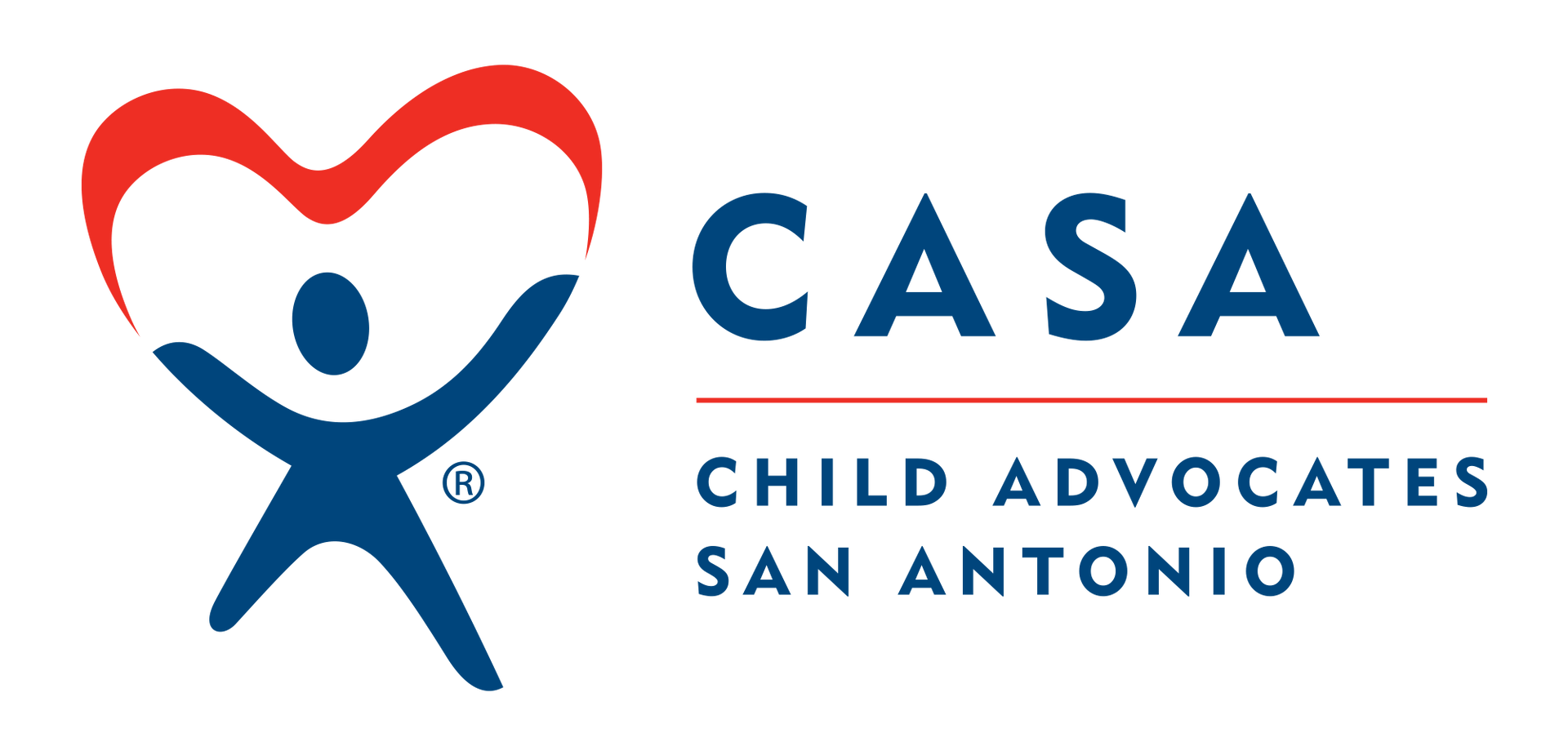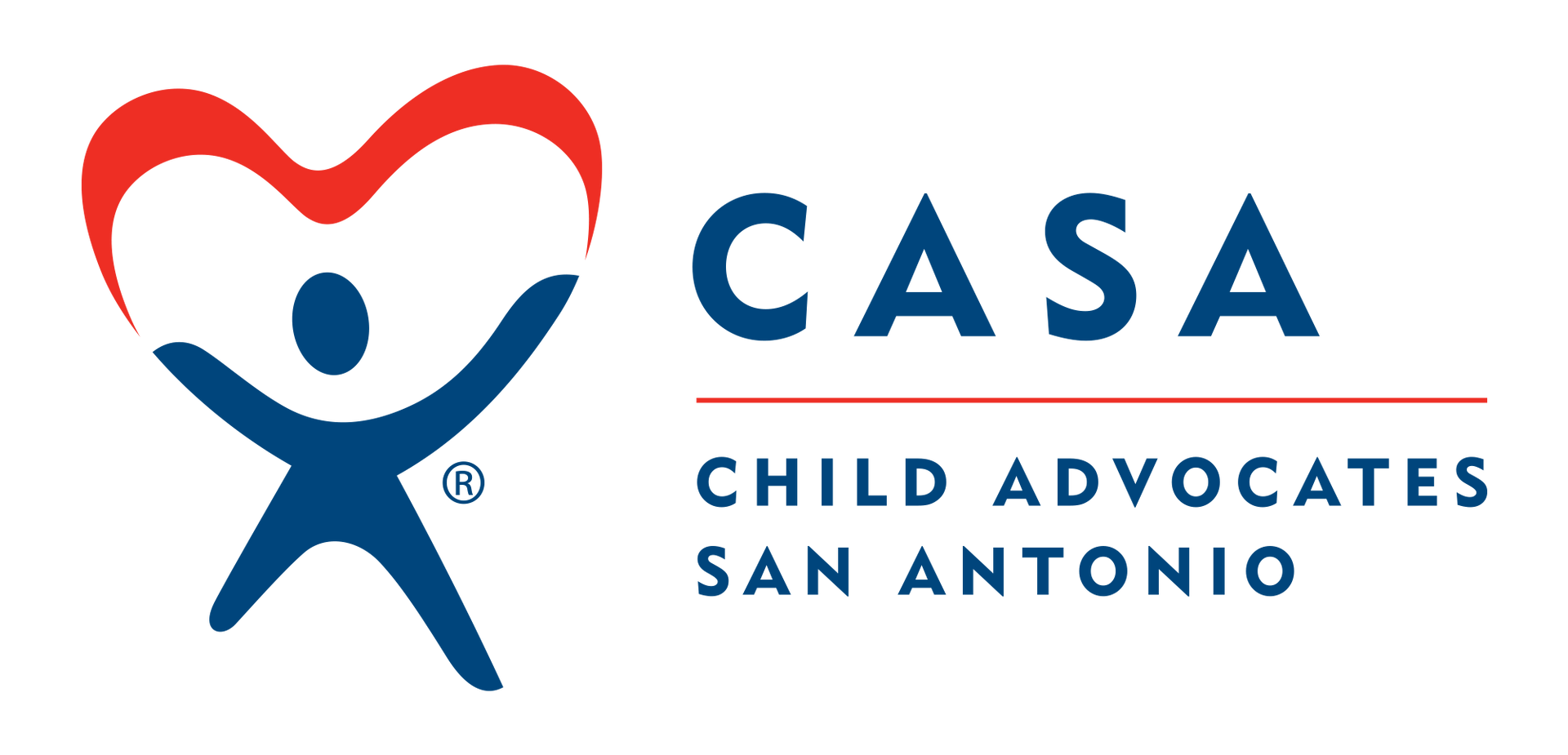December Advocacy Tip
Every month CASA publishes an "Advocacy Tip" to give Advocates the chance to earn 1 Hour of Ongoing Training Credit. Take the quiz at the bottom to earn your credit!
Termination of the Parent-Child Relationship
When approaching final merits on a case where the Permanency Goal is Termination of parental rights, there are 20 different grounds for termination that the court may utilize. The grounds for termination are listed in the Texas Family Code and range from the letter A to the letter T. The court may order termination of the parent-child relationship if the court finds by clear and convincing evidence that one or more of the grounds applies to that particular case.
Most Common Grounds for Termination
Some of the most common grounds for termination used in Bexar County Children’s Court are:
K - This ground is executed before or after the suit is filed an unrevoked or irrevocable affidavit of relinquishment of parental rights
O - The parent(s) failed to comply with the provisions of a court order that specifically established the actions necessary for the parent to obtain the return of the child who has been in the permanent or temporary managing conservatorship of the Department of Family and Protective Services for not less than nine months as a result of the child’s removal from the parent under Chapter 262 for the abuse or neglect of the child
Q - The parent(s) engaged in criminal conduct that has resulted in the parents: 1) confinement of an offense; and 2) confinement or imprisonment and inability to care for the child for not less than two years from the date of filing the petition.
Abuse and Neglect Grounds for Termination
There are three termination grounds in the Texas Family Code that focus solely on abuse and neglect. These grounds are often harder to obtain due to the requirement of presenting clear and convincing evidence to the court.
D - The parent(s) knowingly placed or knowingly allowed the child to remain in conditions or surroundings which endanger the physical and emotional well-being of the child
E - The parent(s) engaged in conduct or knowingly placed the child with persons who engaged in conduct which endangers the physical and emotional well-being of the child
N - The parent(s) constructively abandoned the child who has been in the permanent or temporary managing conservatorship of the Department of Family and Protective Services for not less than six months, and; 1) the department has made reasonable efforts to return the child to the parent 2) the parent has not regularly visited or maintained significant contact with the child and 3) the parent has demonstrated an inability to provide the child with a safe environment.
The court can terminate the parent-child relationship on as many grounds as pertain to the case. The court is also required to consider the best interest of the children when making a ruling on termination grounds. The number of termination grounds, and the definition of each ground, play a part in the appeal process if a parent should decide to appeal the initial ruling. For more information on grounds for termination visit
https://statutes.capitol.texas.gov/Docs/FA/htm/FA.161.htm
Advocacy Tip Quiz









